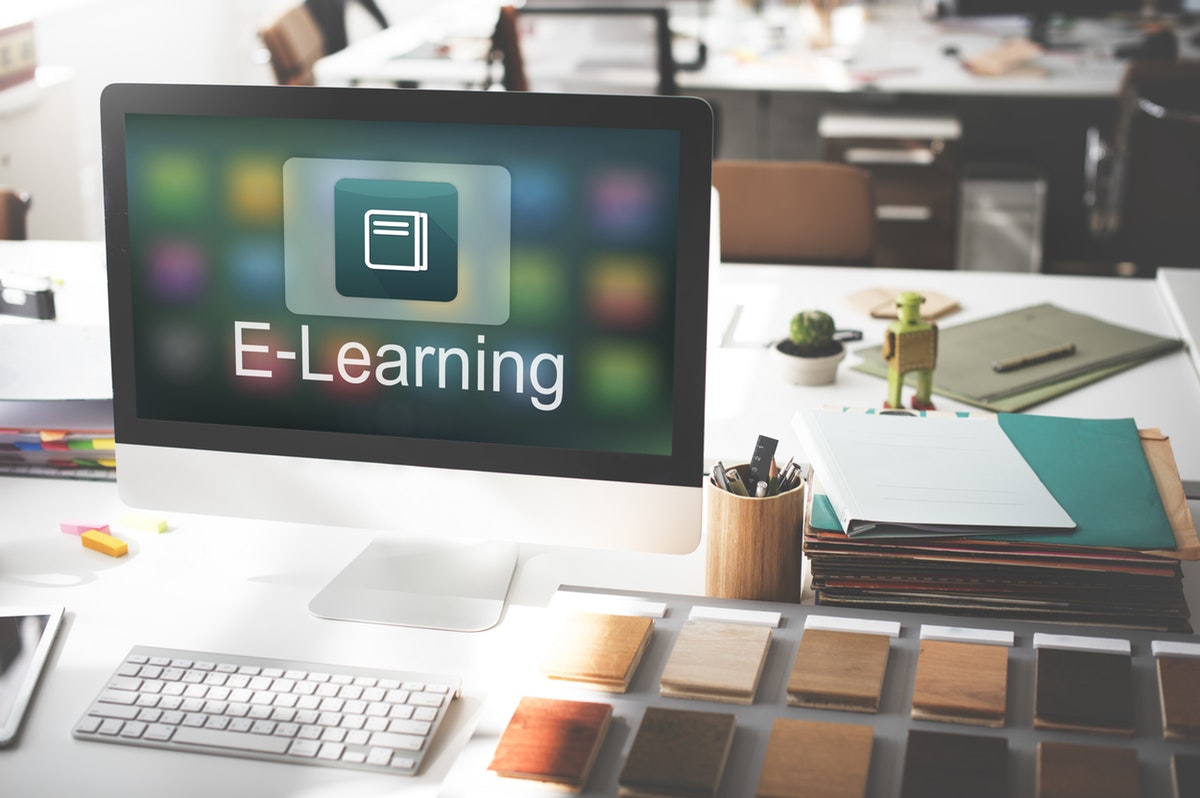Continuous learning is an ongoing effort to expand your skills and improve yourself with changing market trends. Continuous learning programs at workplace motivate employees to acknowledge the performance issues they face at workplace and help them gradually improve the efficiency of their work processes
Most organizations see employee training/ learning as a one-time event that helps employees with onboarding. With the changing market needs, employees are required to update their skill-set constantly. Continuous learning is very important for the growth of both the organization as well as the employee.
Despite knowing the importance of continuous learning at workplace, managers cannot always successfully promote a continuous learning culture at workplace. There are a few limitations that every manager has to overcome before making continuous learning a part of their workflow.
- Time Management – Most employees refuse to participate in learning programs because they have to take time out from their personal schedule be a part of the program. To avoid this situation, design the program in such a way that it fits their work schedule properly and they do not feel like they have to dedicate extra time to be a part of the program. Allow them to participate and take courses during office hours.
- Lack Of Relevance – Many employees assume that they do not need these employee training programs because their skill-set is enough to get their job done. They do not see how employee training programs can be relevant to their job. As a manager, you should let your employees know how these continuous learning programs can be beneficial to their careers as well as the organization.
- Fear Of Change – One of the most common reasons why employees resist training is fear of change. Not everyone readily accepts change, most employees want to continue with their past ways of doing jobs because according to them it is more secure and predictable. As a manager, you should spread awareness and keep your employees prepared for changes like these.
- Bad Communication – Sometimes, managers fail to communicate the main reason behind conducting employee learning programs. This leads employees to lose the main point and lose interest in the learning program itself. Have a proper communication strategy in place before you spring in surprise for your employees!
- Fear Of Losing Control – Most top performing employees have known to resist these employee learning programs because of fear of losing control. Top performers tend to gravitate towards programs where they can be in control. To make these top performers feel like they are still in control, give them a catalogue and let them choose the time and date of class that works with their schedule.
Once you overcome these limitations, you can set up a culture of continuous learning at workplace. Here are a few tips to get you started!
Make Learning Easily Accessible
Make learning easy and accessible to all your employees. Minimize the restricted content and give your employees the liberty to go through all the courses and take them. You can use learning management systems for employees to give your employees a secure platform to learn. These LMSs allow employees to create new courses and assign it to their teammates.This practice normalizes learning at workplace and helps you promote a culture of continuous learning at your workplace.
Integrate Learning With Business Goals
It is important for employees to be motivated enough to learn at workplace. One way to keep them motivated is to integrate learning with their business goals. Calculate return on investment (ROI) for your learning activities and show your employees how it impacted the business. These metrics help you demonstrate a clear relationship between learning and business outcomes. This encourages employees to participate readily in employee learning programs thus creating a culture of continuous learning.
The Feedback Culture
One of the most important things that most companies do not focus on is feedback on learning. A a manager, you should be ready to give frequent feedback on employee learning programs as well as be open to receive feedback from employees. Encourage employees to give suggestions and give them your feedback regularly about their improvement and their learning programs.
Related: 10 Best Employee Feedback Tools
Reward and Recognize
Rewards and recognition is one of the best ways to motivate employees to participate in employee training programs. Appreciate employees who learn new skills and enhance their knowledge to support their work. This sets an example motivating others to take part in employee learning programs.
Originally published on HRZone


